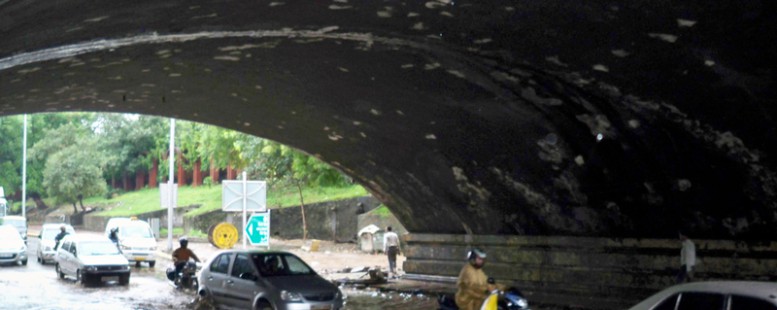Our Opinion: 2016
India’s dampened growth

I was not prepared for the severity of the monsoon rains on my visit to the capital, New Delhi, which makes travel around the city virtually impossible. Neither had I been quite prepared for the visual display of entrepreneurial flair that is so evident here – particularly young locals finding imaginative ways of helping visitors, the elderly and business people avoid getting sodden in the rain and floods.
The rain is not dampening India’s obvious ambition to move fast from being an ‘emerging market’ to one of the World’s largest economies.
When India’s prime minister, Narendra Modi, came to power in May 2014, his victory propelled the stock market to a new record. But now his honeymoon is well and truly over. Hopes that the reform-minded leader could offer protection against a worsening global sell-off have evaporated. Mumbai’s Sensex index has been extremely volatile and has not grown over the last 12 months.
But the gloom looks overdone. After several turbulent years, a gradual recovery is on the cards. The rupee has stabilised as the current-account deficit has fallen. Inflation has been brought under control, giving the central bank scope for recent interest-rate cuts.
Meanwhile India is not burdened with the large dollar-denominated debts weighing on many emerging markets, and it imports its energy, so falling oil prices provide a boost. The International Monetary Fund is penciling in growth of 7.5% this year, the fastest of any large economy.
Investors still worry that structural reforms have stalled. In particular, the attempted replacement of an array of state taxes with a national goods and sales tax (GST) has been blocked in the upper house of parliament. But just as investors were too euphoric when he took power, they are too pessimistic now. The fashionable view that nothing is happening under Modi is very unfair.
The government has cut food-related subsidies, tempering rural wage growth and inflation. A fiscal federalist, Modi has given states more spending power in a bid to “encourage development politics at the state level” in the hope that more states will emulate the success of Gujarat during his 13-year tenure there. The government also appears to be gearing up to tackle bad loans in banks and the power sector.
A debate is currently raging as to whether an economic upswing is in the making or not. Data paints a mixed picture, but the numbers are increasingly promising. Oil consumption soared 11% in 2016, aided by low oil prices. Other signs of a slightly more vibrant economy include the 30% jump in commercial vehicle demand, a double-digit rise in power generation, and a 20% jump in tax revenues. Some figures benefited from a low base of comparison and may not stay up. Steel production, for instance, paints a more subdued picture, as does the money supply in general.
Dramatic GDP growth acceleration is unlikely, although the run rate is very decent as it is. After the Modi administration came to office two years ago, some pundits proclaimed the prospects of 9% GDP growth. Their prophecy clearly did not materialize, and they then bemoaned that nothing the government had promised was delivered.
This is unfair for two main reasons. First, real and unpopular need time to take hold, and an immediate nationwide U-turn was not realistic to begin with. Second, long-term growth needs a solid base by curbing inflation.
Modi’s government should be recognized for the credible efforts made. With its young population, growing middle class and strong foothold in service industries, the long-term outlook remains auspicious.
Overall, India is the best house in a bad neighbourhood for emerging markets. Yet its promotion to the league of global economic superpowers is on track.
18th July 2016
